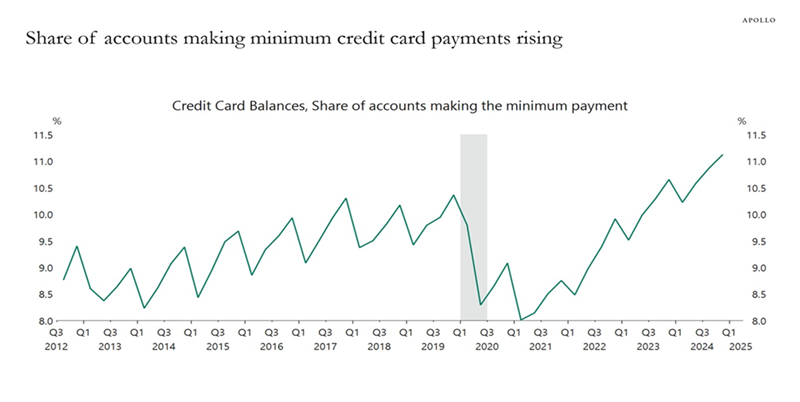Investment Strategist
3 Popular Gold Funds to Dump Now (and a Top 9% Dividend to Buy Now)
Michael Foster, Investment StrategistUpdated: June 5, 2025
Here’s a surprise from a die-hard closed-end fund (CEF) fan like me: Sometimes CEFs aren’t your best bet.
I’ll admit, that’s tough for me to say—especially when the average CEF yields a historically high 9.1%. (CEF yields are usually around 8.5%). That high yield partly reflects the fact that many CEFs are trading at steep discounts to their net asset value (NAV).
Translation: The fund is trading for less than what its underlying portfolio is worth. That, in turn, has resulted in lower prices among some CEFs, along with higher yields (as yields and prices move in opposite directions).
All of this simply means that CEFs are generally out of favor right now, which is an opportunity for us.… Read more


